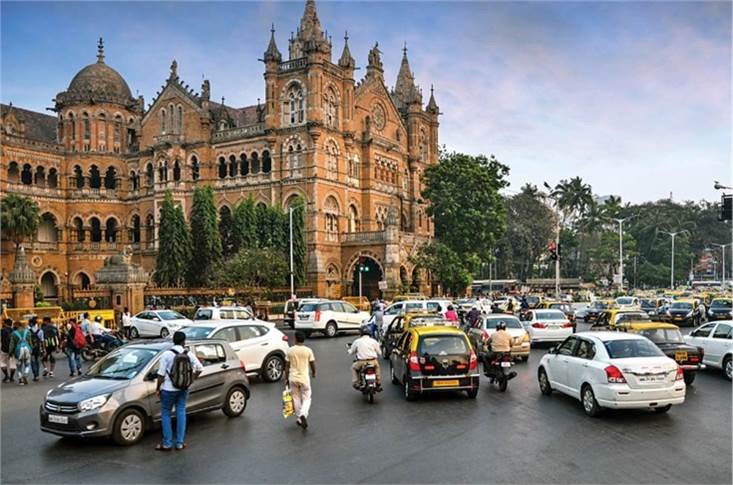The Mumbai Climate Action Plan (MCAP), which was unveiled Sunday, lays out a 30-year strategy for the city to address climate change concerns through inclusive and comprehensive mitigation and adaptation techniques. The action plan established short-, medium-, and long-term climate goals targeted at achieving net-zero greenhouse gas emissions by 2050. It has been stated that measures must be prioritized in six important areas: sustainable waste management, urban greening and biodiversity, urban flooding and water resource management, energy and buildings, and air quality.
The Mumbai Climate Action Plan (MCAP) is a document that outlines the city’s climate action strategy.
The Brihanmumbai Municipal Corporation (BMC) produced the strategy with technical assistance from the World Resources Institute (WRI), India, and the C40 Cities network during the previous six months following a vulnerability assessment of greenhouse gas (GHG) and natural green cover inventories. The document’s first chapter, which runs to 240 pages, is devoted to the city, its natural, cultural, and economic environments. Second, the plan sheds light on the city’s actual environment, which is referred to as the Baseline assessment—climate and air pollution hazards, greenhouse gas inventory.
The plan then evaluates future trajectories under business-as-usual scenarios and future emission reduction scenarios to achieve net-zero emissions in Mumbai by 2050. The next chapter details Sectoral Priorities and Plans, including ongoing departmental initiatives, gaps, and short- and long-term action items. The final chapter of the plan details the strategy for achieving the objectives.
Why is Mumbai in desperate need of a climate action plan?
According to a WRI India report on Mumbai’s vulnerability assessment, the city would confront two significant challenges—temperature rise and heavy rain events that may result in flooding. According to vulnerability assessments of greenhouse gas emissions and natural green cover, the city has been warming. The analysis found a warming trend for the city over the last 47 years (1973-2020), with a rise of 0.25°C every decade.
According to a ward-level analysis of heat exposure, 40% of the population in the M-East ward—one of the most densely populated areas in the city, encompassing Deonar and Govandi and home to one of the state capital’s largest landfills—is exposed to heat stress, compared to 0.9 percent of residents in the A Ward. Heat stress occurs when the body’s internal mechanism for controlling heat malfunctions, causing the core temperature to rise and the heart rate to increase.
Mumbai’s climate action plan established a vision and methods for mitigating and adapting to these climatic problems.
How much greenhouse gas does the city currently emit?
Mumbai’s GHG emissions in 2019 were 23.42 million tonnes of carbon dioxide, or 1.8 tonnes CO2e per person. 16.9 million tonnes, or 72%, come from the energy industry, while 4.56 million tonnes, or 20%, come from the transportation sector. The city’s trash industry accounts for 8% of total emissions. The primary source of emissions in the city is energy consumption in residential structures, followed by commercial buildings and transportation. Electricity consumption accounts for a sizable portion of total emissions (64.3 percent), owing to the city’s grid’s predominance of coal-fired generation.
What happens now?
While the MCAP establishes a 30-year road map, its success and execution will be determined by the Mumbai civic authority. The BMC has committed to enhancing its existing environment department, regularly updating its greenhouse gas emissions inventory, climate, and air pollution risks, and vulnerability assessment, and reviewing and changing the plan every five years. BMC’s Climate Action Cell will participate in a year-long capacity building and information sharing initiative with C40 and the City of Oslo to design its Climate Budget in exchange for financial support.
While the BMC operates throughout city services, it has constraints in sectors such as energy, regional transportation, air quality, and forest and mangrove conservation and restoration. The paper also emphasizes the importance of cross-sectoral and cross-departmental collaboration in addressing these concerns.

